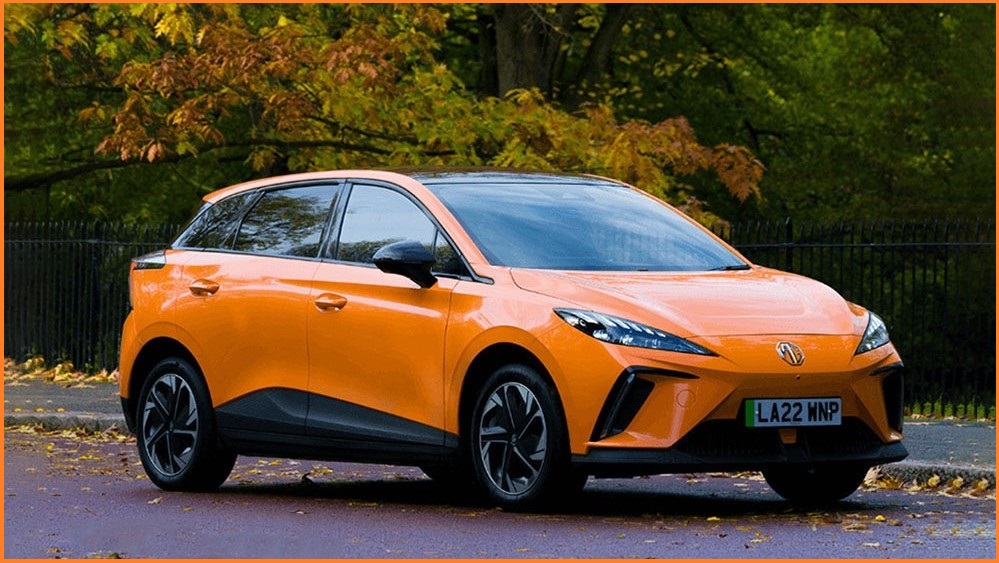Two new electric vehicles (EVs) are hitting the Australian market with price tags below $40,000 right as a pair of corporate and government EV subsidies have come to an end.
Last week, MG said it would sell the base model MG4 Excite for $38,990 (plus on road costs) making it the cheapest EV for sale in Australia.
At least, it was cheapest EV on sale until BYD this morning announced its low-cost Dolphin model would go on sale in Australia for $38,890 – $100 less than MG’s car.
The arrival of market competition to drive down EV prices has come as Victoria quietly put an end to its $3,000 zero-emission vehicle (ZEV) subsidy from 30 June.
The subsidy program began in May 2021 and was originally intended to encourage the purchase of 20,000 EVs but appears it will fall short of its target with around 2,000 discounts still on offer.
Despite pulling the plug early, the government is hailing its EV subsidy program as a win.
“In the first year the subsidy was available, Victorian ZEV sales rose by 310 per cent. Now, in 2023, 6.6 per cent of all vehicles sold in Victoria are ZEVs – up from 1.8 per cent in 2021.
“The Victorian Government has had to make some tough budget decisions this year and unfortunately not all programs have been able to continue.”
NSW and South Australia have $3,000 subsidies for EV buyers, while WA’s rebate is $3,500 and Queensland’s goes up to $6,000.
Growing Australian EV uptake was heralded earlier this year by the news that the Tesla Model 3 became Australia’s most popular mid-size sedan in 2022 – eclipsing the Toyota Camry which held the top spot for 28 years.
More EVs on the road has meant more EVs at charging stations, leading roadside insurer NRMA to put an end to the free use of its fast-charging network in NSW by the end of the year.
Speaking to the Driven podcast recently, NRMA’s head of energy and infrastructure Carly Irving-Dolan said the company had been fine-tuning its EV charging facilities and was preparing to charge customers.
“We always felt it was part of getting ready and helping people with the transition, but also we didn’t want to charge for things that weren’t reliable,” she said.
“We’re now getting to that point where reliability is really increasing.”
The next phase of NRMA’s EV stations, Irving-Dolan said, would be a billing app which is currently underway.
“I would be suggesting that, depending on how the IT projects go, around October, November, we would start charging [customers].”
The BYD Dolphin is also selling for less than $40,000. Image: BYD
The end of NRMA’s free charging trial, while undoubtedly disheartening for EV drivers, points to a maturity in the country’s EV uptake.
Late last year, the government passed a small set of tax incentives for EV purchases to grow the number on Australian roads in a bid to reduce emissions in line with the government’s target of a 43 per cent reduction by 2030 before hitting net zero by 2050.











